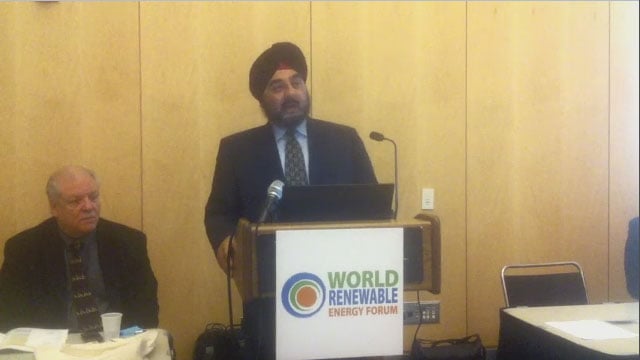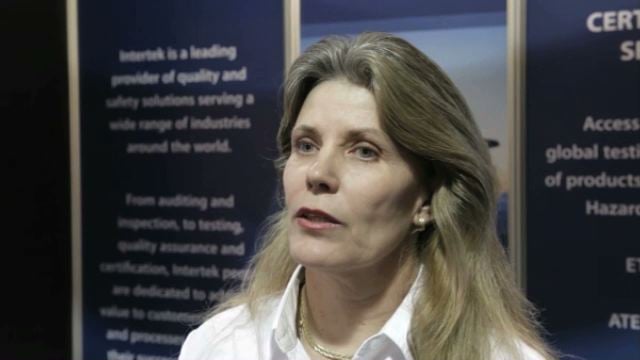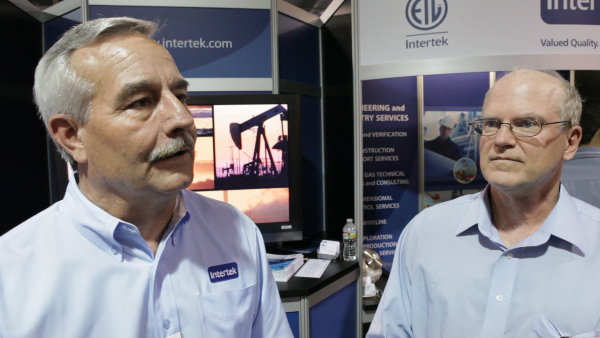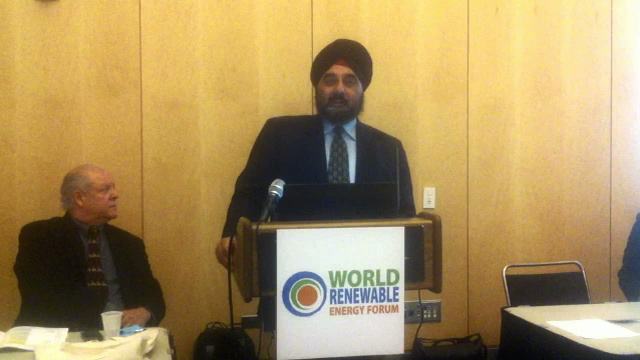Intertek Blog by Year: 2012
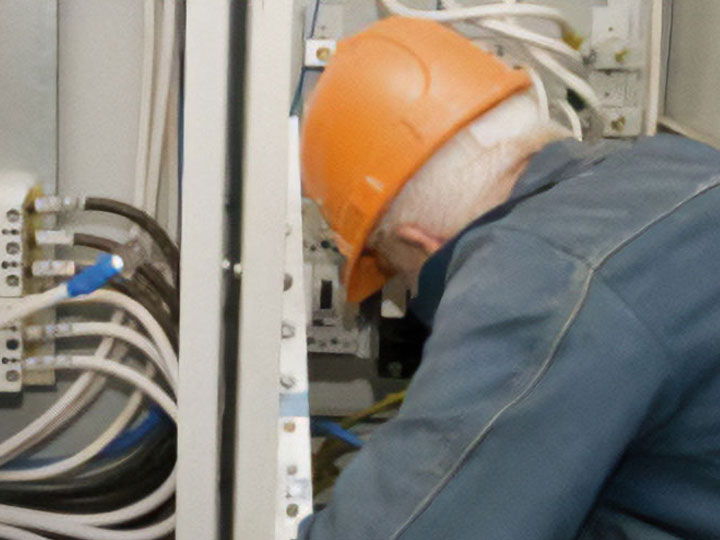
20 Dec 2012
A Closer Look: Electrical Safety for 2013 - Part I
Learn more about the top electrical safety tips for this holiday season. More specifically, our experts also will provide insight into how to start the New Year off to a safe start.
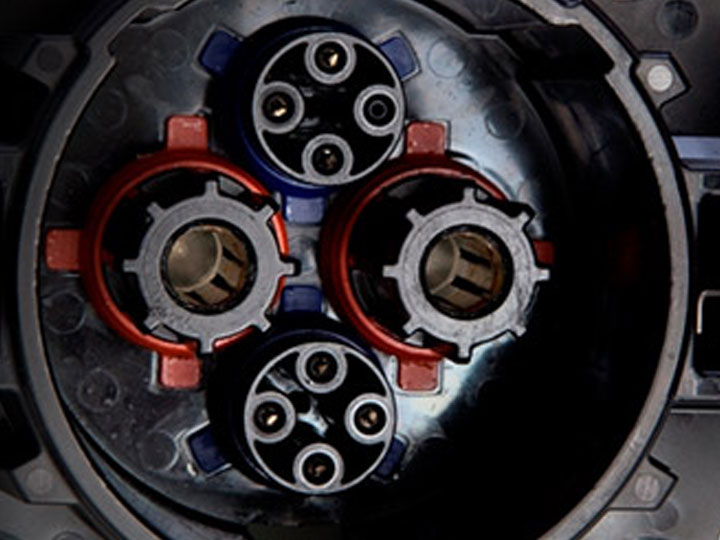
18 Dec 2012
The New Standard for Electric Vehicle Supply Equipment (EVSE) - Part II
Following the much-anticipated revision of SAE J1772, the new North American safety standard for plug-in hybrid electric vehicle (PHEV) and electric vehicle (EV) conductive charge couplers in October 2012...
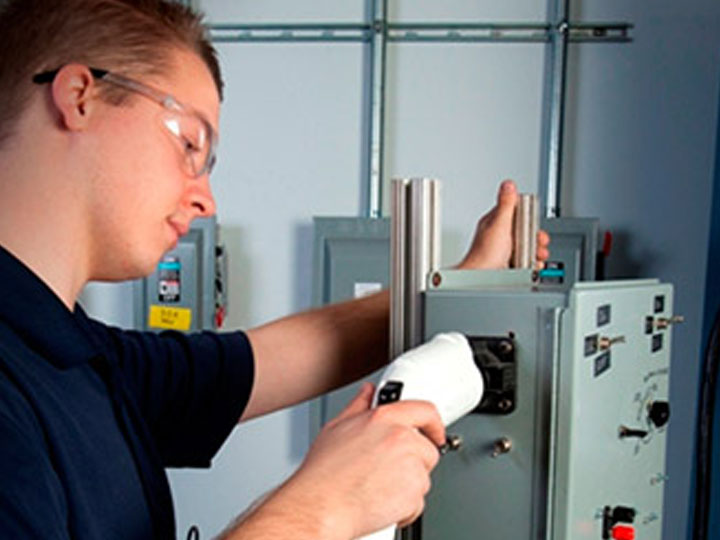
14 Dec 2012
The New Standard for Electric Vehicle Supply Equipment (EVSE) - Part I
The new revision of SAE J1772 provides critical design guidelines for charging controls and connectors used to charge plug-in vehicles...
12 Dec 2012
New Canadian & US Racking and Tracker Safety Requirements
If you manufacture Photovoltaic Module Racking Systems or Tracking Systems in the US, you probably know that the UL 2703 and 3703 subject standards are fast becoming industry requirements. Until recently...

10 Dec 2012
Canada Launches Mandatory DSL Survey to Industry for 2700 Substances
The Domestic Substances List Inventory Update (DSL IU) is an initiative put forward by Environment Canada to gather and update the information on all the medium-priority DSL-listed substances that were not captured under the Substance Groupings Initiative.
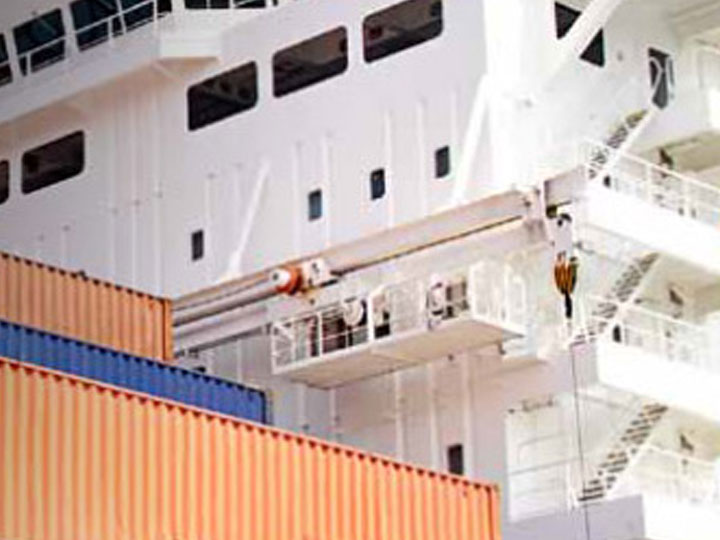
23 Nov 2012
A Closer Look: Chemicals in Marine Fuel
Chemical contamination within marine fuels can place fuel purchasers and suppliers into potential conflict. Standards, a uniform approach, and third-party laboratories can help.
14 Nov 2012
Developing Engine Oils is Essentially Invisible to the Motor Vehicle Owners, but Absolutely Critical to Vehicle Engine Life
The engine oil lubricant industry and the infrastructure to support the effort to reliably market quality engine oils are largely invisible to the average driver of a pickup truck, passenger car, delivery truck, bus, freight hauler, etc.

08 Aug 2012
Are your walls telling you something – or not?
From the constant buzz of cell phones to video conference calls and just the regular “office” noise that is created on a daily basis, do you ever wonder how all that noise is absorbed?

28 Sep 2012
From Waste to Biofuel: A prosperous business opportunity due to double counting
Compared to biofuels produced out of agricultural commodities, biofuels based on waste resources are much more environmental friendly. This fact was recognized within the EU Renewable Energy Directive 2009/28/EC (RED).

11 Sep 2012
Hydrogen Sulphide – Creating a Stink for Vessel Owners and Operators?
The presence of Hydrogen Sulphide in marine fuels has always been viewed by vessel owners/operators as an occupational hazard.

17 Jul 2012
Two Part Expert Blog Series - Part two: Manager Alignment to Enhance Employee Performance
Michael LeBlanc, a Senior Consultant at Intertek, offers three key suggestions for enhancing occupational performance management
